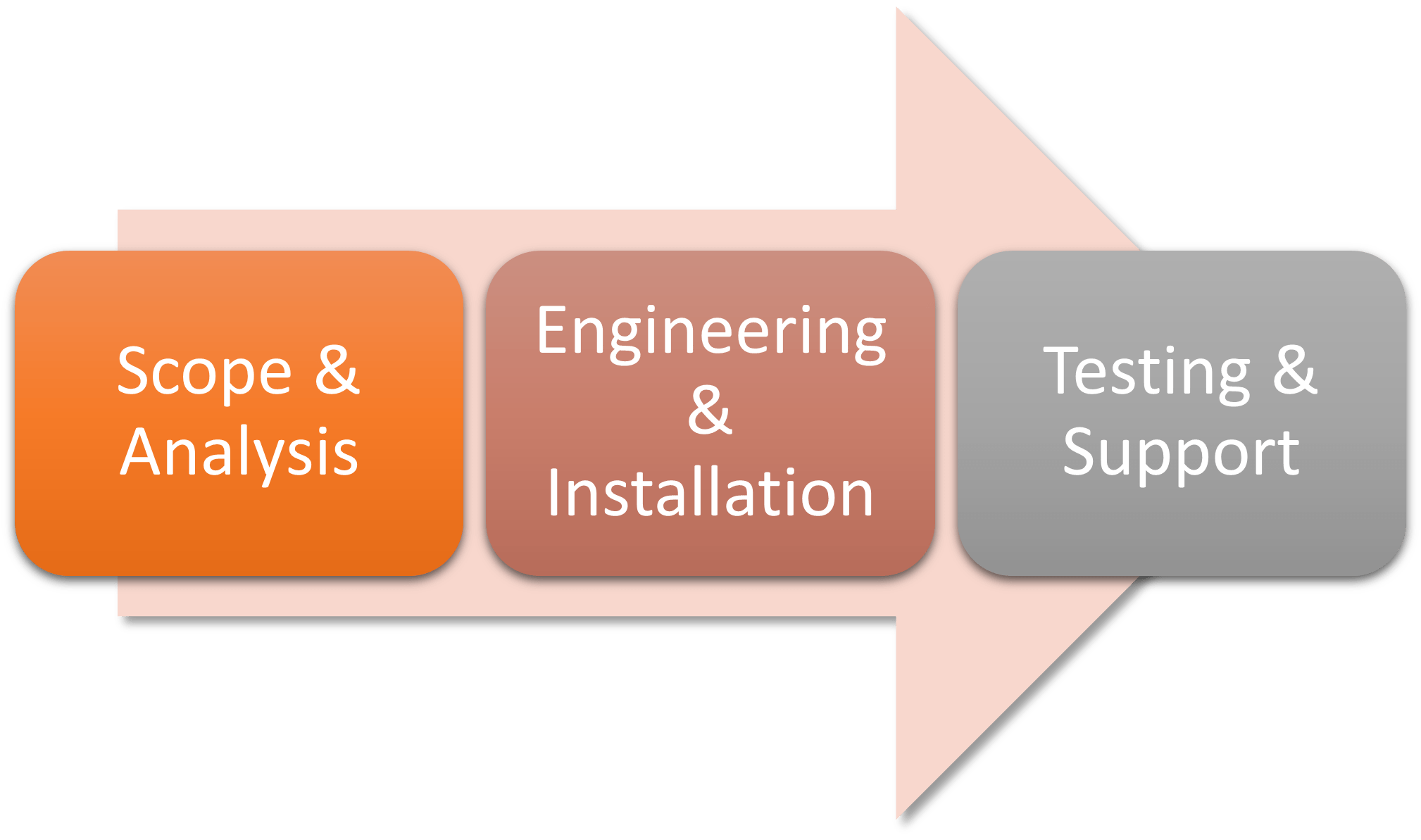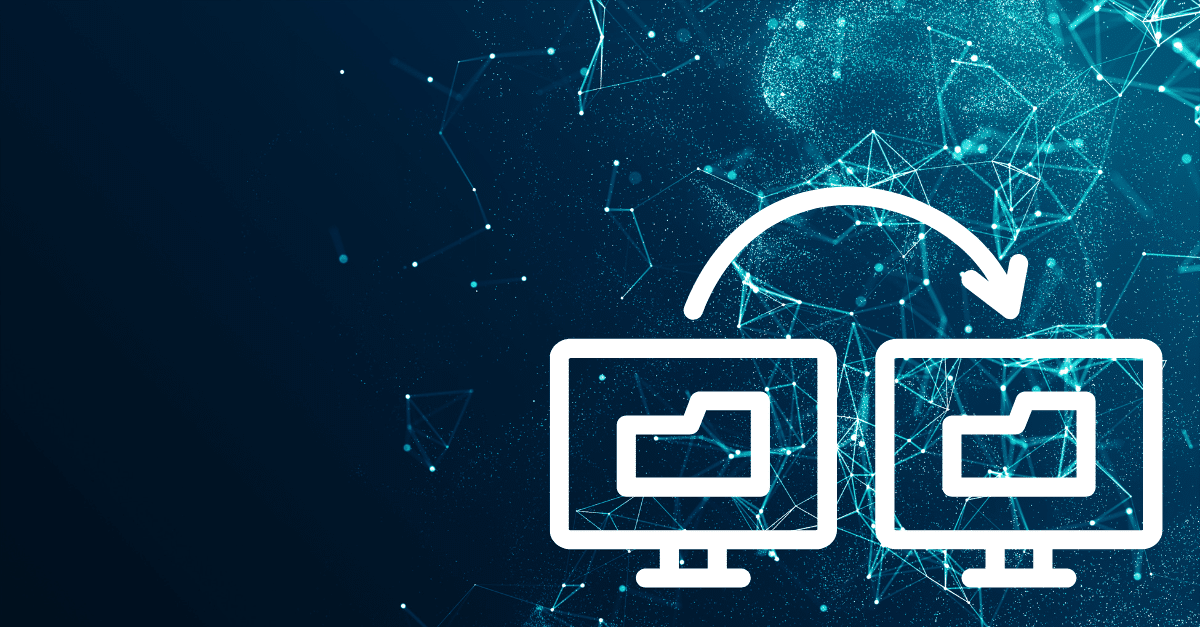There continue to be advancements in industrial operation management systems throughout this digital transformation, which means platform upgrades and data conversions are likely to occur. So, if you’re considering migrating your existing data historian to a new data management platform or wondering how the conversion process should go, we’re here to share our expertise on data historian migration.
Before You Begin
When beginning a data historian migration, review what you want from the new software solution and how the tool will meet your needs. There is no sense in adopting a new software tool with limited benefits for the various layers of your organization. Instead, align your operational needs with the solution that best fits your team, whether that is a robust solution that provides extensive analysis and visualization tools or a reliable platform that securely stores your historical data and pulls it in seconds.
Check out ARC Advisory Group’s Operational Historians/Data Platforms for an in-depth overview of the historian market.
After completing your needs analysis and before starting the historian migration, make sure to review the project proposal and schedule with the software vendor. Project review will ensure you both start on the same page and stay aligned through the process.
Completing a Data Historian Migration
Migration begins with preparing for data integration. First, specify which data sets your organization needs to migrate to the new solution. And your current solution provider should provide a process to extract the data. During this stage, you will verify the required architecture and security requirements and ensure proper and secure communication methods.
After outlining what data to migrate to the new system, the transferring process can begin. Next, further preparation on the engineering side will occur, including building the database, developing process graphics, and converting any historical data. Finally, after completion, initial implementation and installation of the new data historian can occur.
Once you’ve successfully transferred your data from the previous system to the new one, you should be ready to validate and use the solution. Software verification and on-site acceptance should occur before continuing to training and further support. Your vendor should provide thorough and easy-to-understand training for users, admins, and system support. Now you can monitor and analyze your plant’s operational data with your new solution.
3 Simple Steps
- Scope & Analysis
- Engineering & Installation
- Testing & Support

What Comes Next
Start using your new solution as soon as you can. The earlier your organization members become comfortable with using the tool, the sooner you can benefit from its value. Take advantage of the training your solution provider offers so that your operations can make data-driven decisions as quickly as possible. Finally, keep up with upgrades as the years go by so your organization can utilize the solutions to the best of its ability.
Contact Us
When your organization runs into a solution renewal and is interested in migrating to a new data historian, think about HanAra Software. After successfully migrating many of our customers’ previous data historians to our solution, we are confident your organization will appreciate our tried-and-true implementation method to be sure everything goes smoothly. We are here to help you through the data conversion process every step of the way after implementation.

